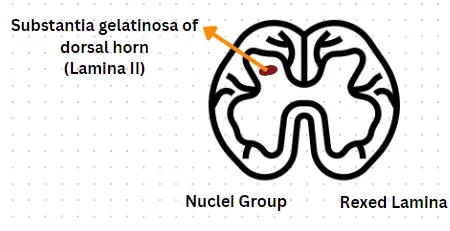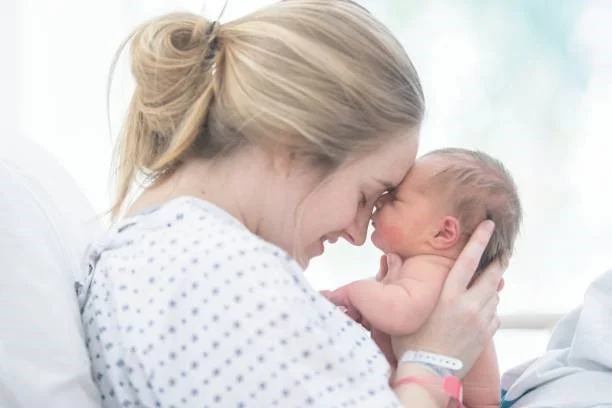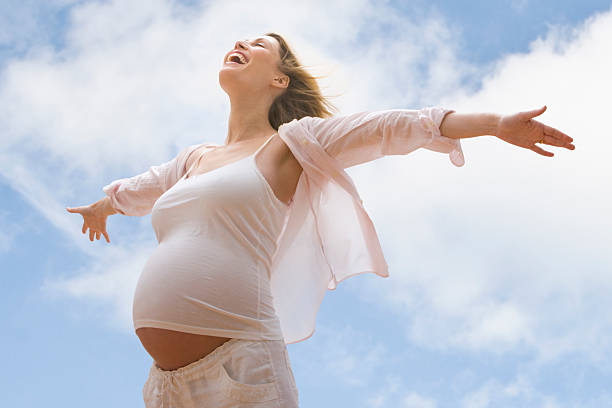Childbirth is an incredible and transformative experience, but it can also be one of the most challenging and painful moments in a woman’s life. For many women, the idea of giving birth without pain relief is daunting, but traditional methods like epidurals come with risks and side effects. Fortunately, there is a non-invasive option available that has been shown to effectively reduce labor pain: the ELLE TENS device. It has emerged as a popular and effective alternative to traditional pain medications, providing mothers-to-be with a safe and empowering way to manage labor pain. With its non-invasive and drug-free approach, the ELLE TENS device has become an excellent choice for mothers seeking a flexible and personalized pain management solution.
The ELLE TENS device is a non-invasive pain relief option that uses electrical impulses to alleviate pain during labor. It works by stimulating the nerves in the body with a low-level electrical signal that helps to override the pain signals and reduce the perception of pain. But how exactly does this work?
Flipping the Switch: How the Gate Control Theory Helps Turn Down Pain Signals
How Does a Tens Machine Work?
To understand how the Elle TENS device works, it is essential to understand the Gate Control Theory of Pain.
The Gate Control Theory was first proposed by two researchers, Ronald Melzack and Patrick Wall, in 1965. Their theory revolutionized our understanding of pain and introduced the concept that pain is not simply a response to an injury, but rather a complex interplay between physical and psychological factors. The Gate Control Theory has had a significant impact on pain management strategies and has led to the development of new therapies and treatments.
The Gate Control Theory of Pain proposes that pain is not solely the result of the level of tissue damage but is also influenced by the signals that are transmitted through the nerves. This theory suggests that the spinal cord acts as a gatekeeper that regulates the flow of pain signals to the brain. The gate in the Gate Control Theory of Pain is akin to a traffic light that controls the flow of pain signals. The gate can either allow or block the transmission of pain signals depending on its state. When the gate is open, pain signals are amplified and travel up to the brain, resulting in the perception of pain.
On the other hand, when the gate is closed, the transmission of pain signals is inhibited, reducing pain sensation.
Unravelling the Secrets of the Spinal Cord: A Journey Through Physiology

The dorsal horn of the spinal cord, specifically the substantia gelatinosa, houses the pain gate mechanism where the interneurons interact with primary afferent neurons to facilitate the gate mechanism. The interneurons in the dorsal horn of the spinal cord act as a filter for incoming pain signals, regulating the amount of information that is transmitted to the brain for processing.
There are three types of primary neurons, each activated by different stimuli:
- A-β fibers: These are large-diameter fibers that are myelinated and quickly transmit impulses. They are activated by non-noxious stimuli such as light touch, pressure, and hair movement.
- A-δ fibers: These fibers are smaller in diameter, thinly myelinated, and are activated by noxious stimuli such as sharp, intense, and tingling sensations.
- C fibers: These fibers are not myelinated and have the slowest transmission of impulses. They are activated by pain and temperature, specifically prolonged burning sensations.
Stimulation of the large-diameter A-β fibers results in an inhibitory response from the interneurons in the substantia gelatinosa, leading to the closure of the ‘pain gate’ and the absence of pain signals transmitted to the brain. When the interneurons in the substantia gelatinosa receive input from the smaller diameter A-δ or C fibers, an excitatory response is triggered. This leads to the transmission of pain signals to the brain, which can then be modulated through descending pathways and perceived as varying degrees of pain.
Large diameter A-β fibers can induce inhibitory effects on the transmission of small diameter A-δ and C fibers, thus reducing the perception of pain.


Unlocking the Power of Neurotransmitters: Exploring the Brain’s Chemical Messengers
The primary sensory neurons transmit signals from the periphery to the second-order neurons in the dorsal horn of the spinal cord, where they release specific neurotransmitters or neuropeptides.
Various neurotransmitters and neuropeptides may be released, including:
- Glutamate, as an excitatory neurotransmitter, can activate the AMPA receptors to increase the strength and speed of synaptic transmission and the activation of kainate receptors to enhance the signal-to-noise ratio in the sensory processing of the dorsal horn neurons.
- Glycine and gamma-amino-butyric-acid (GABA) are both inhibitory neurotransmitters that can reduce or prevent the activation of dorsal horn neurons in the spinal cord.
- Substance P, an excitatory neuropeptide, is primarily found in C-fibers and A-delta fibers, and plays a crucial role in transmitting pain signals from the periphery to the central nervous system, as well as inducing neurogenic inflammation.
- The descending pathway also releases other endogenous substances, such as enkephalins, endorphins, dynorphins, and endocannabinoids, which play a role in the modulation of pain and gate control theory.
- Other neurotransmitters and neuromodulators that are released in the descending pathway to help with pain modulation include norepinephrine, serotonin, dopamine, and acetylcholine. These neurotransmitters can inhibit the transmission of pain signals, reduce inflammation, and activate pain-inhibiting pathways in the spinal cord and brain.
Zapping Away Labor Pain: Endorphins Unleashed
The release of endorphins can have both physiological and psychological effects. Physiologically, they can reduce the sensation of pain by inhibiting the release of neurotransmitters that transmit pain signals. Psychologically, they can induce feelings of pleasure and euphoria, which can help to counteract the negative emotional impact of pain.
Overall, the release of endorphins is an important aspect of the Gate Control Theory of Pain, as it illustrates how the body can naturally modulate pain signals in response to various stimuli.
The science behind the Elle TENS device and its ability to release endorphins is fascinating. The gate control theory of pain proposes that electrical stimulation can modulate pain by blocking pain signals through the spinal cord. The electrical signals generated by the Elle TENS device stimulate the large A-beta fibers that send non-painful signals to the spinal cord, effectively closing the gate and reducing the transmission of pain signals.
Additionally, the electrical stimulation of the nerves can trigger the release of endorphins, which act as natural painkillers and promote feelings of well-being. This combination of mechanisms can provide a safe and effective way to manage pain without the need for medication. The use of Elle TENS devices is supported by clinical evidence, making them a promising option for pain relief.




